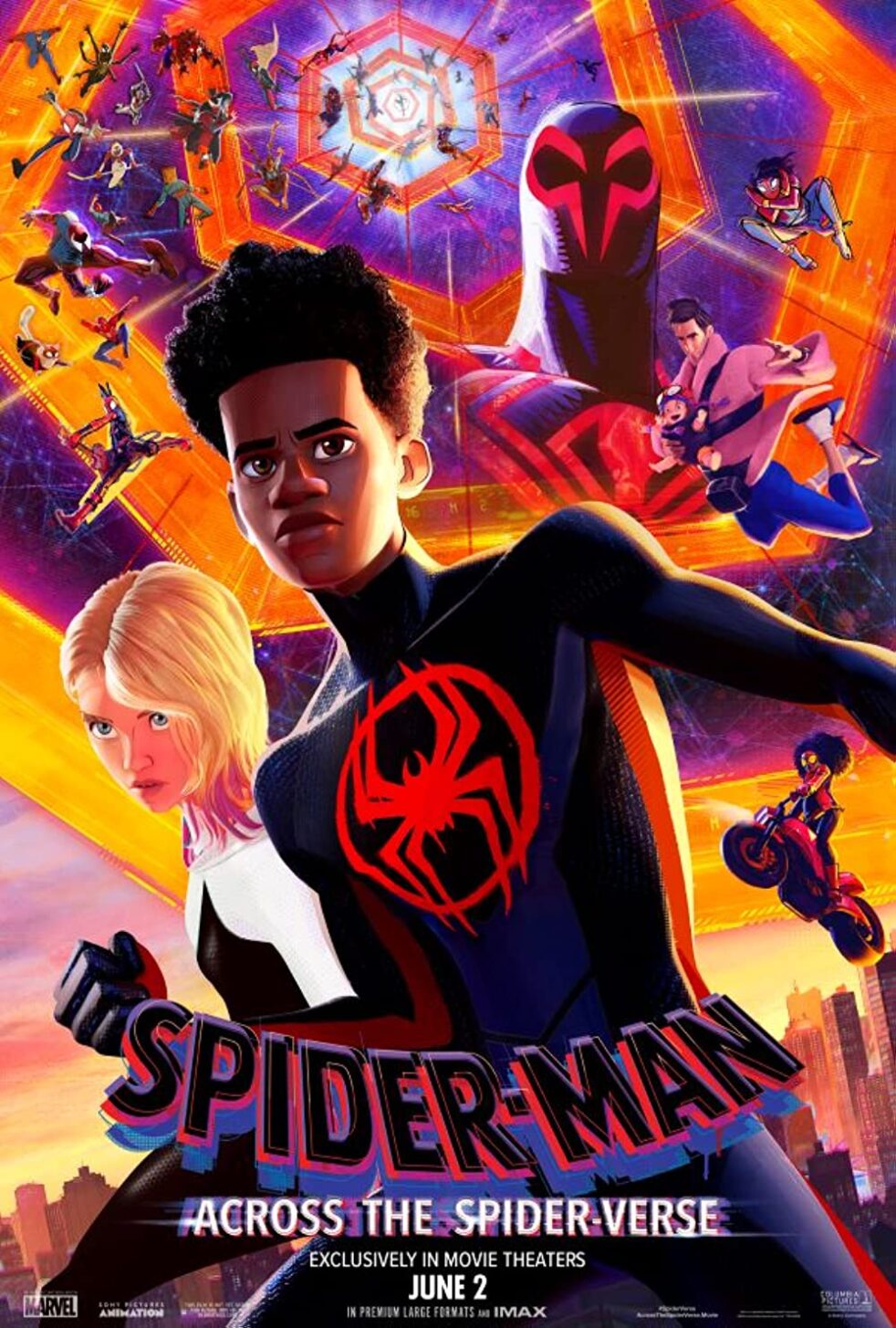Spider-Man is a never-ending phenomenon that excites all ages. After the global success of its predecessor, “Spider-Man: Across the Spider-Verse” lived up to its name and shattered expectations. Through visual, musical and narrative storytelling, the adventure of Spider-Man comes to life through the trials and tribulations of Miles Morales.
Continuing the story of Miles Morales, the sequel builds on the struggle to belong and the power in being oneself.
High school sophomore Morales lives as Spider-Man on Earth-1610, but strives to reunite with his crush Gwen Stacy, the Spider-Woman of Earth-65.
Unable to juggle his studies, family and superhero responsibilities, Morales meets his newest villain: The Spot. This new nemesis fumbles his way into becoming the biggest threat Spider-Man has ever faced.
Luckily, the emergence of an elite Spider-Society brings help and hard truths that change how Morales views his powers and himself.
The return favorites Miles Morales (voiced by Shameik Moore) Gwen Stacy (voiced by Hailee Steinfeld) mix well with the introduction of newcomers Miguel O’Hara, Spider-Punk and SpiderWoman, voiced by film veterans Oscar Isaac, Daniel Kaluuya and Issa Rae respectively.
This mash-up of all the Earths’ Spider-Men creates a unique community of diversity in gender, race and cultural identity. Its variety of representation matches the diversification of art styles. Aside from the visual art, the music is also of note.
“Spider-Man: Into the SpiderVerse” gave a stunning mix of songs, and, thanks to the sequel, a new album will be on repeat for thousands of people.
“Spider-Man: Across the Spider-Verse” continues to push animation into the limelight. What once was seen as childish transitions into a euphoric experience filled with artistic flare. While “Spider-Man: Into the Spider-Verse” opened the door, this sequel elevated expectations. Thanks to the multiverse, audiences experienced hundreds of variations of digital art and animation styles, such as stop motion and line drawings.
Not only does animation exist in the imagined world, but the film includes live action scenes seamlessly edited together.
Cameos from previous SpiderMan films, such as Andrew Garfield from “The Amazing SpiderMan” and Tobey Maguire from “Spider-Man,” the incorporation of the SpiderMan meme and scenes with Donald Glover reveal a deep understanding of the different demographics within the film’s audience.
This film focuses on color theory as a way to merge art and emotion. Whether between father and daughter or best friends, color exaggerates the situation.
As characters grew apart or forgive, their colors change. “Spider-Man: Across the SpiderVerse” utilizes the elements of hue, brightness, contrast and transparency to narrate the story through visualization.
Whether a superhero lover or an art connoisseur, every moviegoer will be amazed how “Spider-Man: Across the Spider-Verse” melds artistic flair and the hero’s journey into a storytelling masterpiece.
